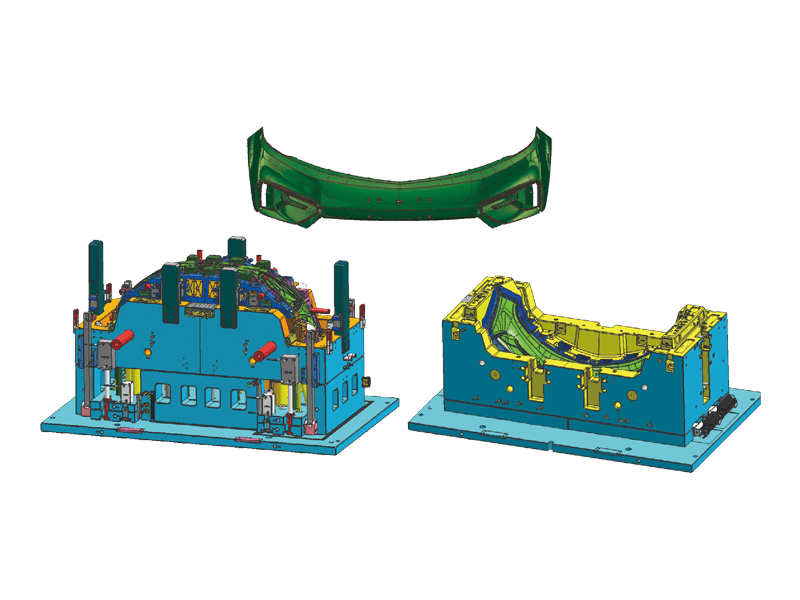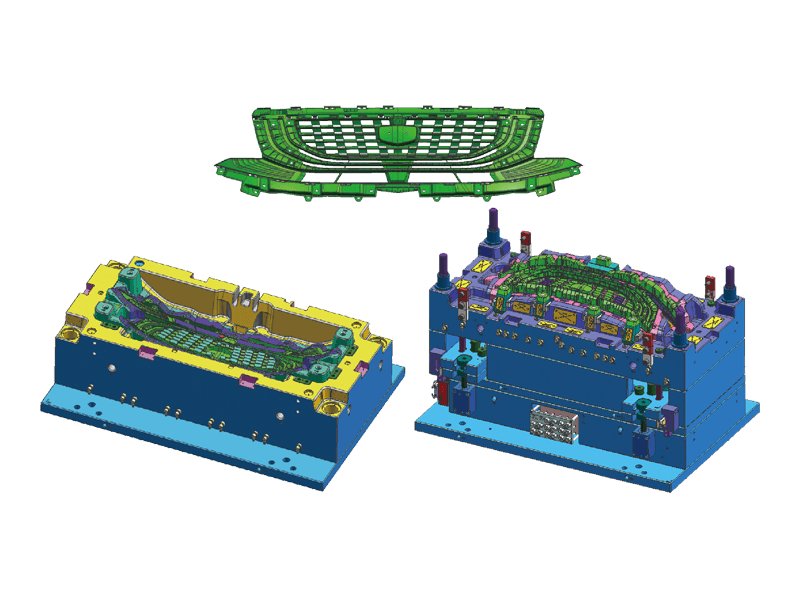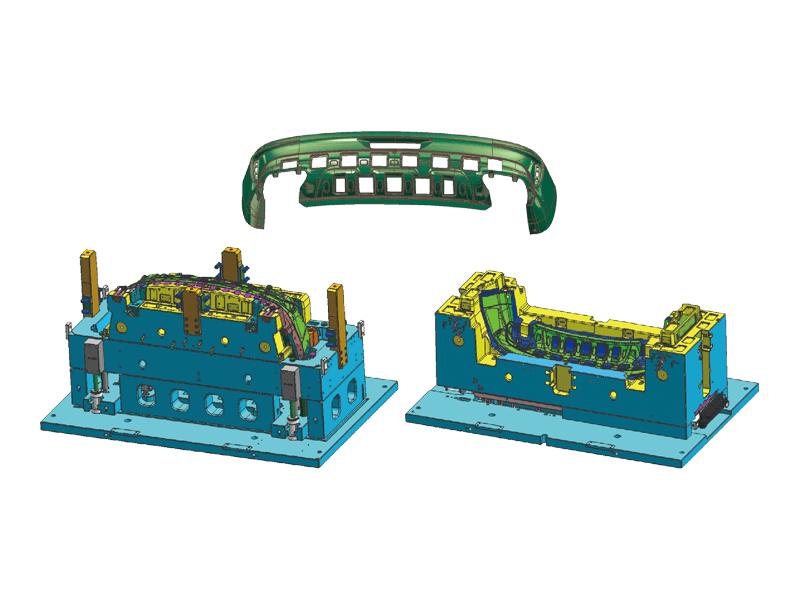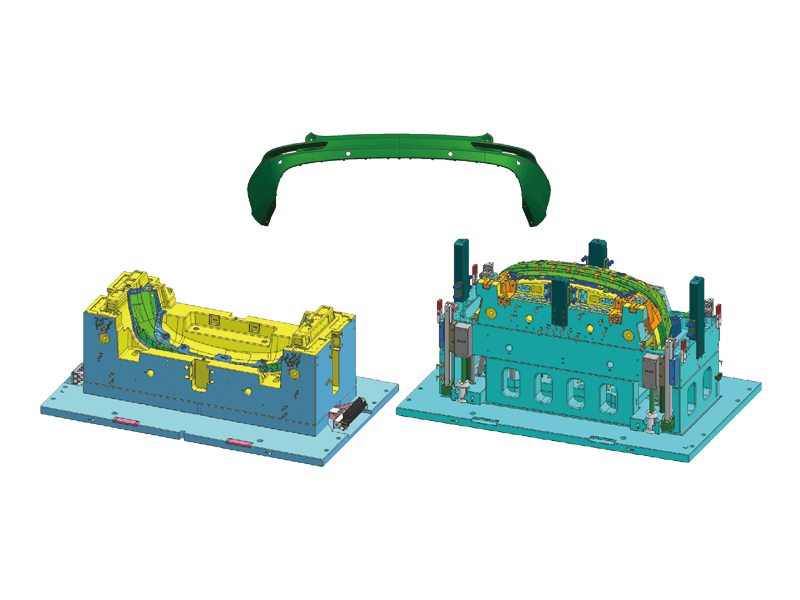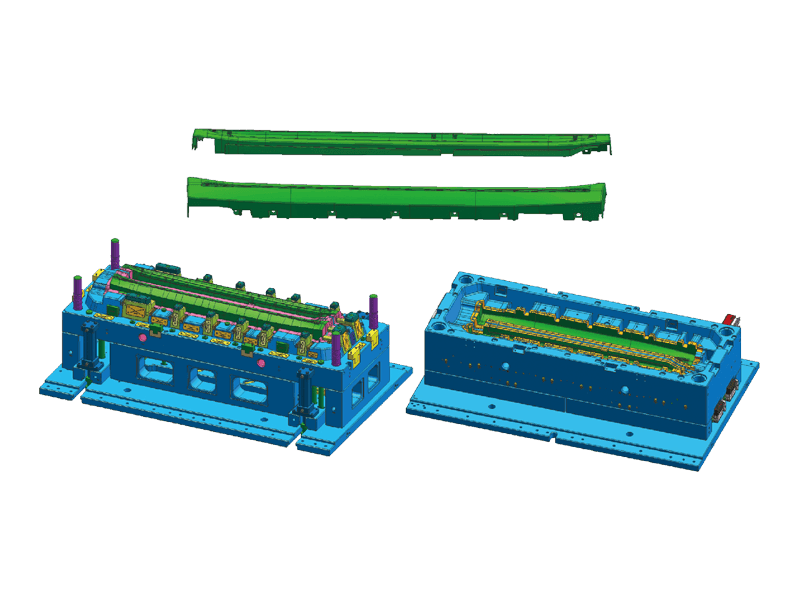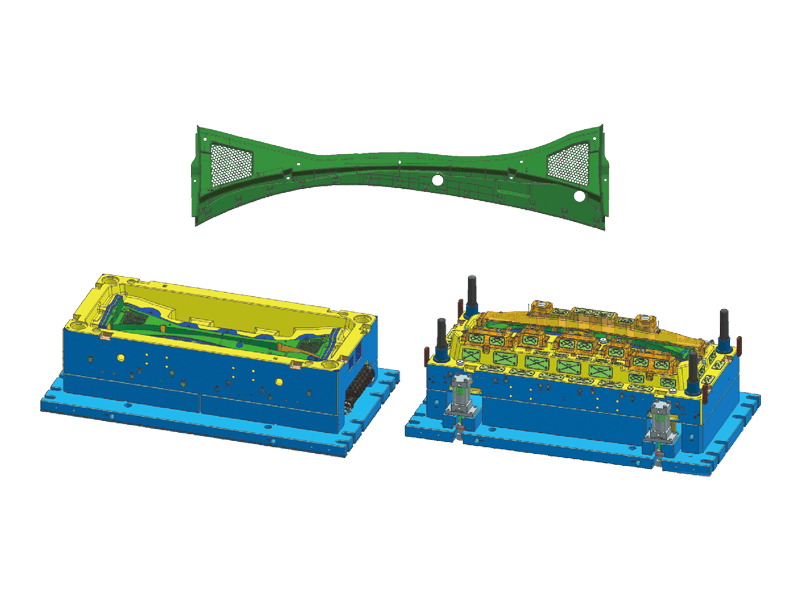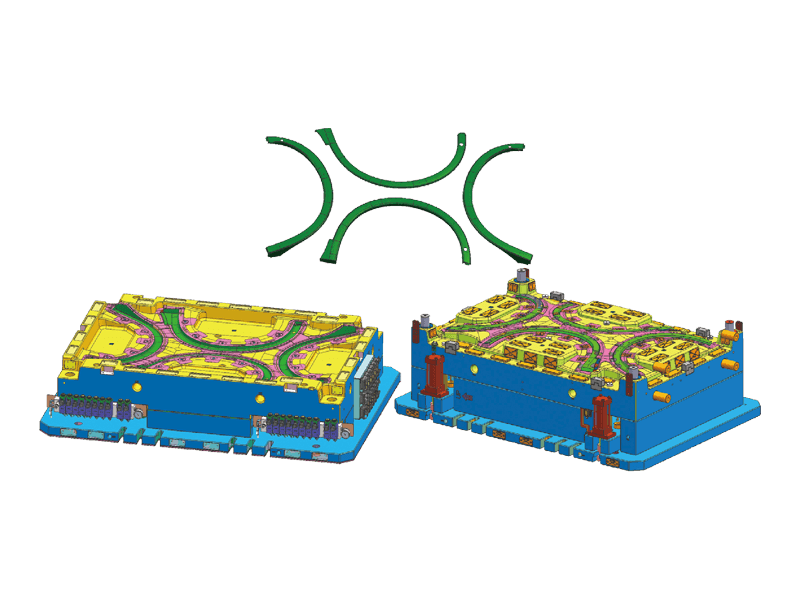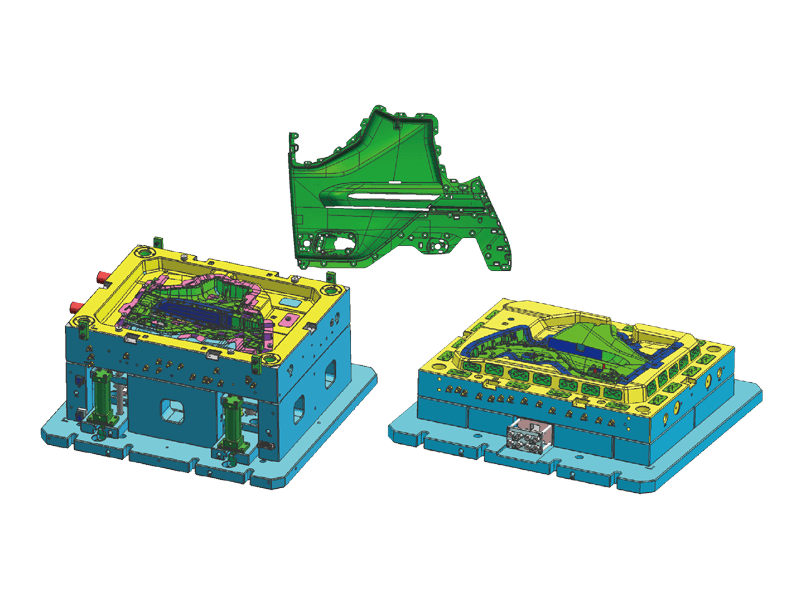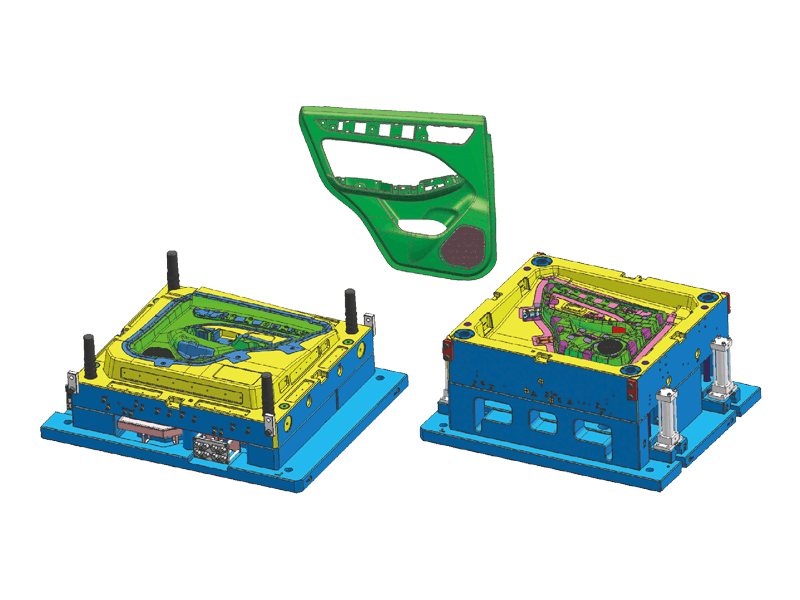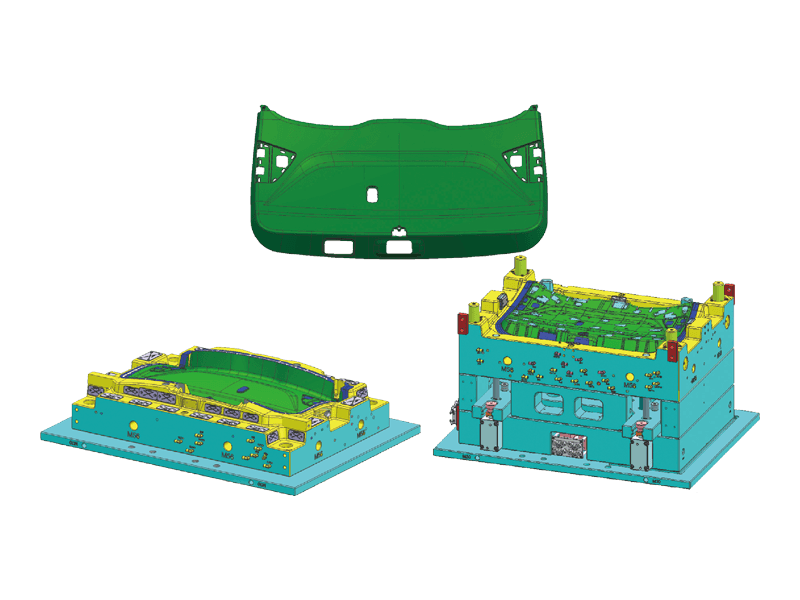In the automotive industry, efficiency, precision, and lightweight durability are important. One key process that supports these goals is Automotive Plastic Front Door Panel Injection Molding. This manufacturing method plays a crucial role in producing high-quality door panels that are not only durable and functional but also aesthetically pleasing.
Automotive Plastic Front Door Panel Injection Molding refers to the technique used to manufacture the interior panels of car doors using thermoplastic materials. These panels serve multiple purposes: they provide structural support, house electronic components like window and lock controls, and enhance the vehicle’s interior appearance. Injection molding is proper for this application due to its ability to produce complex shapes with tight tolerances in a cost-effective and repeatable manner.
The process of Automotive Plastic Front Door Panel Injection Molding begins with the selection of appropriate plastic materials. Common materials include polypropylene, ABS (acrylonitrile butadiene styrene), and polycarbonate blends. These plastics are chosen for their strength, impact resistance, and ease of molding. Additives such as UV stabilizers, flame retardants, or colorants may be included to enhance performance and visual appeal.
Next, the raw plastic is heated to a molten state and injected under high pressure into a mold cavity shaped like the desired front door panel. The mold is typically made from hardened steel or aluminum and is precision-machined to replicate the exact design of the part. Once the plastic fills the mold, it is rapidly cooled and solidified, after which the panel is ejected from the mold.
Automotive Plastic Front Door Panel Injection Molding offers several advantages. First, it enables mass production of uniform components with little variability. This consistency is essential for automotive manufacturers aiming to meet strict quality standards. Second, the process is highly scalable and can accommodate high-volume production runs, which reduces per-unit costs. Third, injection molding supports intricate detailing and integrated features like mounting points, air vent channels, and speaker grilles—all molded in one piece.
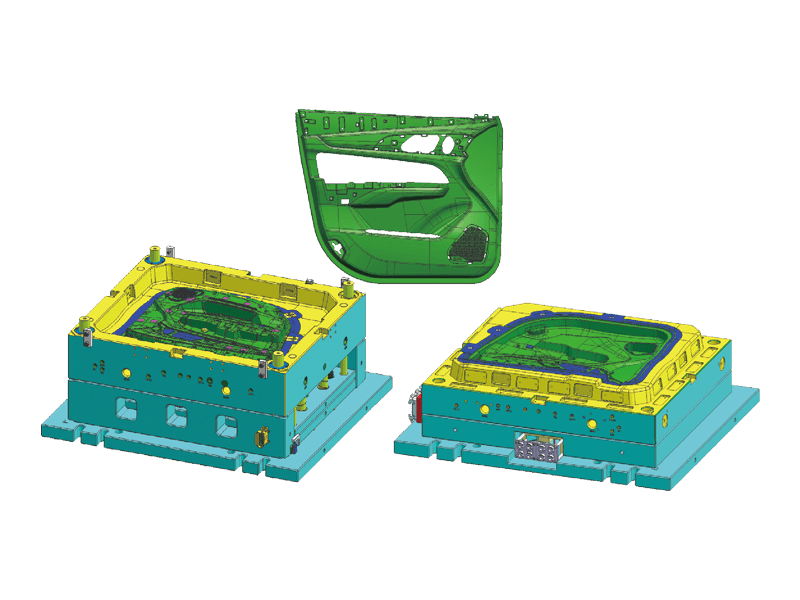
Another significant benefit of Automotive Plastic Front Door Panel Injection Molding is the potential for weight reduction. Traditional materials such as metal are being phased out in favor of lightweight plastics, which contribute to overall vehicle fuel efficiency and reduced emissions. Plastic door panels also resist corrosion, which enhances vehicle longevity and lowers maintenance costs.
Modern advancements in Automotive Plastic Front Door Panel Injection Molding technology have expanded design possibilities. For instance, the use of multi-shot or two-shot injection molding allows for combining different materials or colors in a single process. This technique can produce panels with soft-touch surfaces, integrated foam backing for sound dampening, or decorative finishes—enhancing the tactile and visual quality of the interior.
Quality control is a vital aspect of Automotive Plastic Front Door Panel Injection Molding. During and after molding, parts are subject to rigorous inspection and testing to ensure they meet dimensional, mechanical, and cosmetic specifications. Techniques like in-mold sensors, automated vision inspection, and digital quality tracking help maintain production integrity.
Environmental considerations are also increasingly important. Many manufacturers are adopting sustainable practices in Automotive Plastic Front Door Panel Injection Molding, such as using recycled plastics, reducing scrap through efficient mold design, and reusing excess material. Additionally, end-of-life vehicle recycling initiatives benefit from components designed for disassembly and reuse.
As vehicle designs continue to evolve, Automotive Plastic Front Door Panel Injection Molding remains at the forefront of innovation. It supports the integration of new technologies, such as ambient lighting, touch-sensitive controls, and smart storage features, which are becoming common in next-generation vehicles. The versatility of injection molding ensures that manufacturers can rapidly adapt to these emerging trends without sacrificing efficiency or quality.


 English
English 中文简体
中文简体